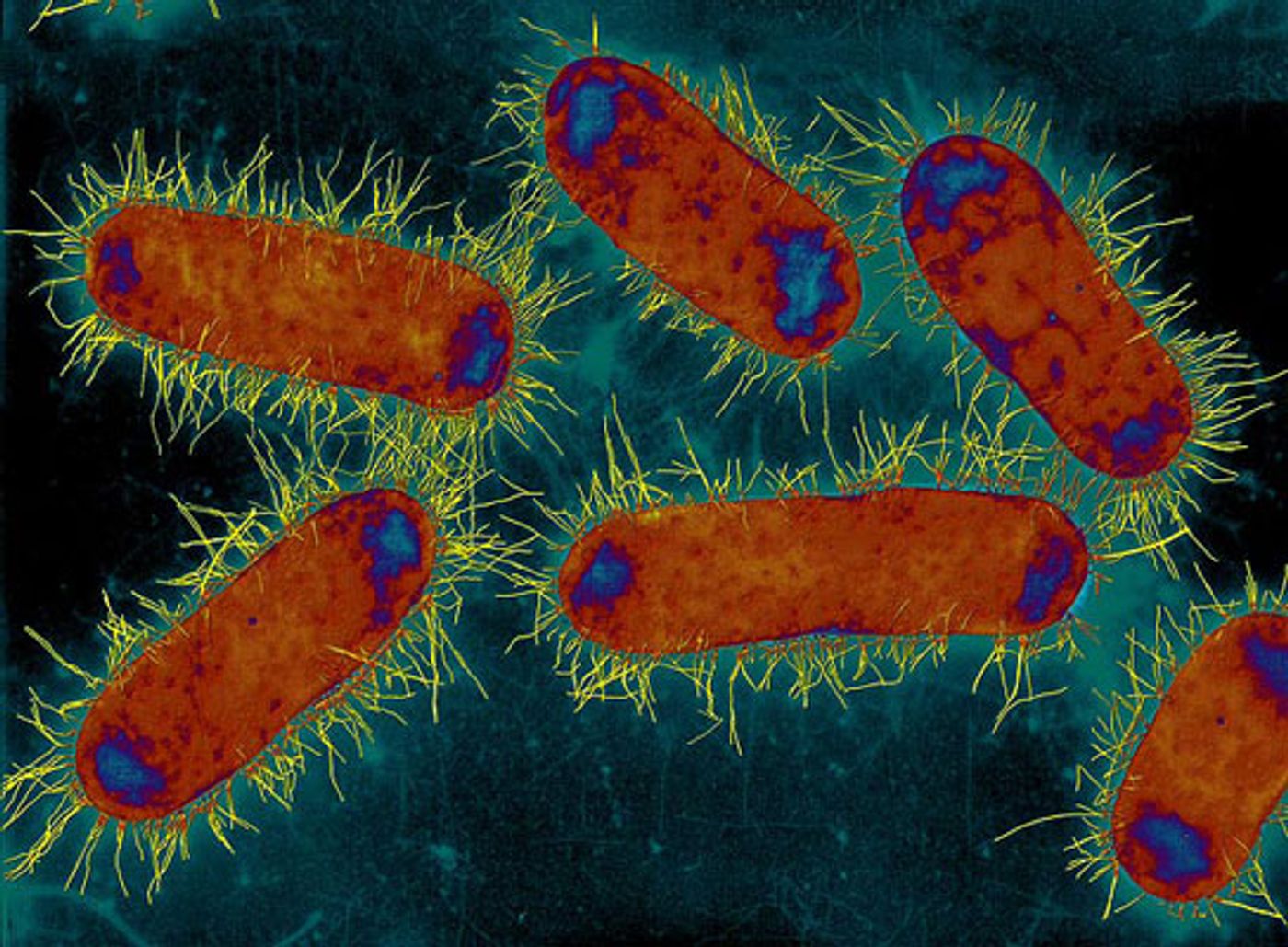Clinical & Molecular DX
Being Overweight May Accelerate Brain Aging by 10 Years
Kerry received a doctorate in microbiology from the University of Arkansas for Medical Sciences.









